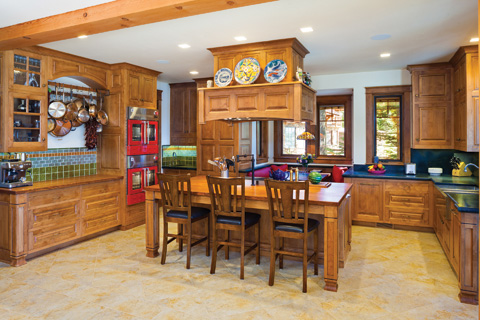
Selecting Cabinetry
We use them for everything from showcasing crystal to storing linens, stacking pots and pans to stowing toiletries. Cabinets are among the most frequently used items in any house, can be a big budget item, and can make or break the look of your kitchen or bath. So it’s no wonder many people have a hard time choosing just the right cabinets! You want cabinets that will enhance the beauty of your home, but they must be durable and easy to care for. You’ll need to consider style, finish, handle
